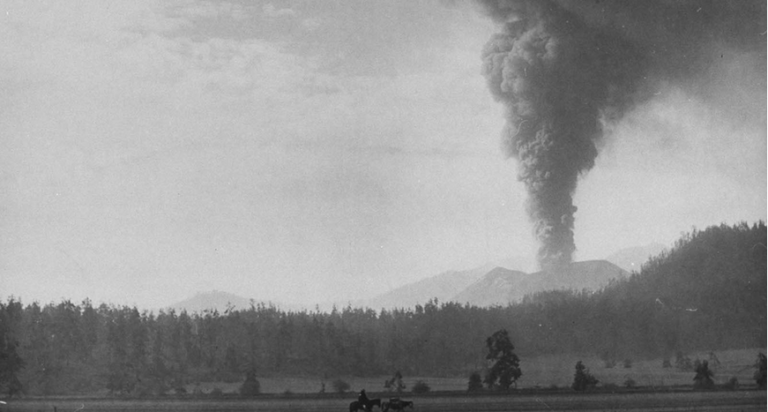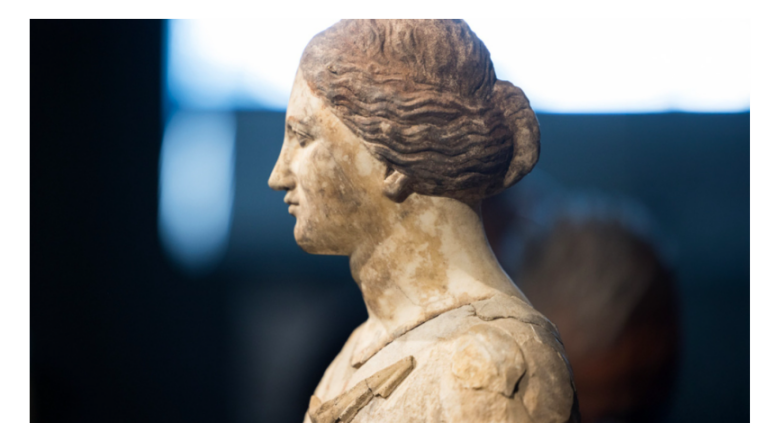There are very rare occasions when people can see a new volcano emerging from virtually nowhere. Considered by some as one of the Seven Wonders of the Natural World, Parícutin volcano is undoubtedly one of the wonderful geomorphological landscapes of the Globe.
Deriving its name the Purepecha or Tarascan language, which means “to the other side,” the birth of this volcano in the twenties century revealed the amazon secrets of the deep Earth.
Parícutin volcano was born on a Mexican cornfield owned by Dionisio Pulido, a farmer who saw vapor emanating from a hollow and shortly afterwards, witnessed the beginning of a unique event of a volcano being created.
The first morphological feature associated with the birth of Parícutin volcano was perhaps the formation of a small depression around a preexisting pit of 5 meters (16 feet) diameter and 1.5 meters (5 feet) depth in Dionisio Pulido’s cornfield in August 1942.
US man returns from swift shopping trip to find 15,000 bees in his car
Fifteen days before the actual birth of the volcano on 20 February 1943, high seismic activity, subterranean noise, and tremors were registered in the Sun Juan Parangaricutiro area. The eruption began on February 20, 1943, at about 4:00 PM local time and Dionisio Pulido and his family were the first witnesses.
During that day, he and his family had been working their land, clearing it to prepare for spring planting. Suddenly the ground nearby swelled upward and formed a fissure between 2 and 2.5 meters across.
Read more & see photos: Rare Historical Photos
Ask me anything
Explore related questions





